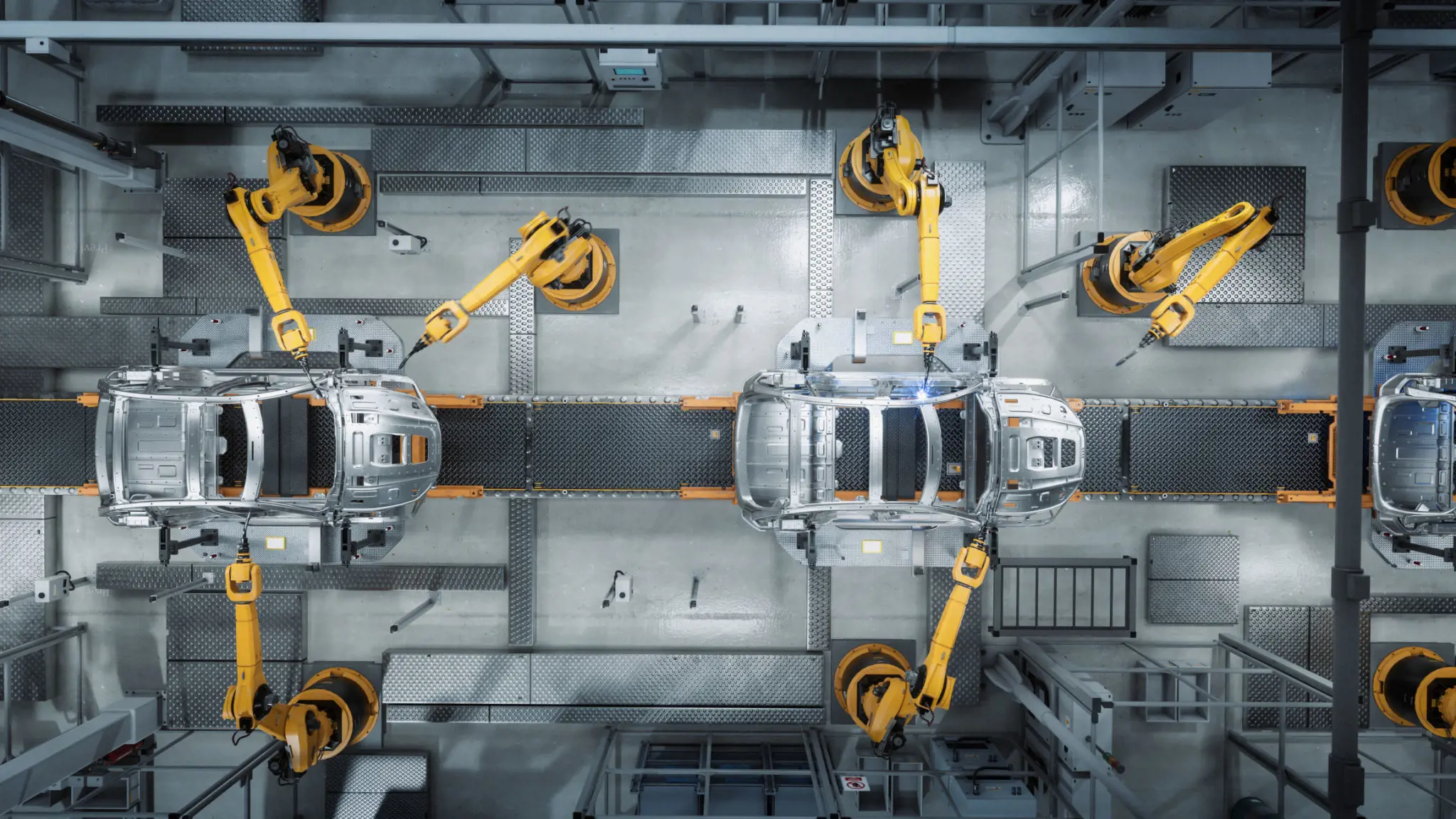Automotive Active Safety Systems
Jan 06, 2023 View: 536
"Safety" has always been an important indicator for vehicle owners to assess their vehicles. Vehicle safety can be classified into two aspects: active safety and passive safety.
What is an active safety system?
Active safety refers to the safety system measures that control the car as freely as possible. Whether braking and acceleration in a straight line or steering left and right should be as smooth as possible without deviating from the established route of travel and affecting the driver's vision and comfort. The active safety system and classification and each manufacturer's name are slightly different, roughly divided into the following seven systems: ABS, ASR, EBD, ESC, LCA, TCS, and VSA.
1. ABS
ABS is an abbreviation for Anti-lock Braking System, which is the most basic of the many active safety systems and is now common in most models on the market. In emergency braking, car safety often requires the car to stop immediately. Still, strong braking is prone to wheel locking - front wheel locking causes the car to lose steering ability, and rear wheel locking is prone to rear-end accidents. ABS is installed to solve the problem of wheel locking during braking, thus improving the car's stability during braking and the car's braking performance under poor road conditions.
2. ASR
ASR is AcceleraTIon Slip RegulaTIon, that is, traction control system or drive anti-skid system. Its purpose is to prevent vehicles, especially high-powered cars, in the start, acceleration drive wheel slip phenomenon to maintain the stability of the vehicle driving direction.
3. EBD
EBD is Electronic Brakeforce Distribution. ABS must work when the brakes are applied until the wheels lock. At the same time, EBD can achieve a good braking effect by adjusting the rear wheel braking force after the brake pedal is pressed and before ABS takes effect to reduce unnecessary ABS action or prevent wheel lock when ABS fails due to special fault conditions. EBD uses a high-speed computer to sense and calculate the different surfaces to which the four tires are attached, brakes in different ways and with different forces according to different situations, and constantly adjusts to ensure the smoothness and safety of the vehicle.
4. ESC
ESC is Electronic Stability Control, ESC is available in many brands, but the delivery method differs from manufacturer to manufacturer. For example, VW is called ESP, Honda is called VSA, and Toyota is called VSC. direction. If you are oversteering, ESC will brake the right front wheel to allow your car to correct its posture.
5. LCA
LCA is lane change assist because the C-pillar of the car has a blind spot, so our vehicle can easily produce danger when changing lanes. LCA uses a 24Ghz radar sensor to detect approaching vehicles in the blind spot behind and through the indicator light beside the front mirror to alert.
6. TCS
TCS is TractionControl System, also known as the traction control system. When the car brakes on smooth roads, the wheels will slip and even make the direction out of control. Similarly, when the car starts or accelerates sharply, the drive wheels may also slip, and on smooth roads such as snow and ice, it can make the direction out of control and dangerous. The computer will detect a large speed gap between the drive and non-drive wheels with TCS. It will limit the power output by reducing fuel injection, so the vehicle will naturally accelerate smoothly.
7. VAS
VSA (Vehicle Stability Assist) is a control system with advanced world level to improve vehicle stability and driving safety. In addition to the traditional anti-lock braking (ABS) function and traction control (TCS) function, the system also has the anti-skid control (Skid Control) function. When the vehicle is judged to be understeering or oversteering, it calculates and generates torque in the opposite direction to suppress understeering or oversteering, thus ensuring the stability of the vehicle in various driving conditions such as straight ahead, steering and braking. Especially when sudden steering in an emergency or passing a slippery road, the vehicle's driving safety can be ensured to the greatest extent.
These are the seven mainstream automotive active safety systems. Although the application of these technologies and systems brings better support for driving safety, only practising their driving skills and maintaining good driving habits is the best guarantee of safe driving.
Previous: What is the Power Controller
Next: Classification of Electric Drive Systems for Electric Vehicles







